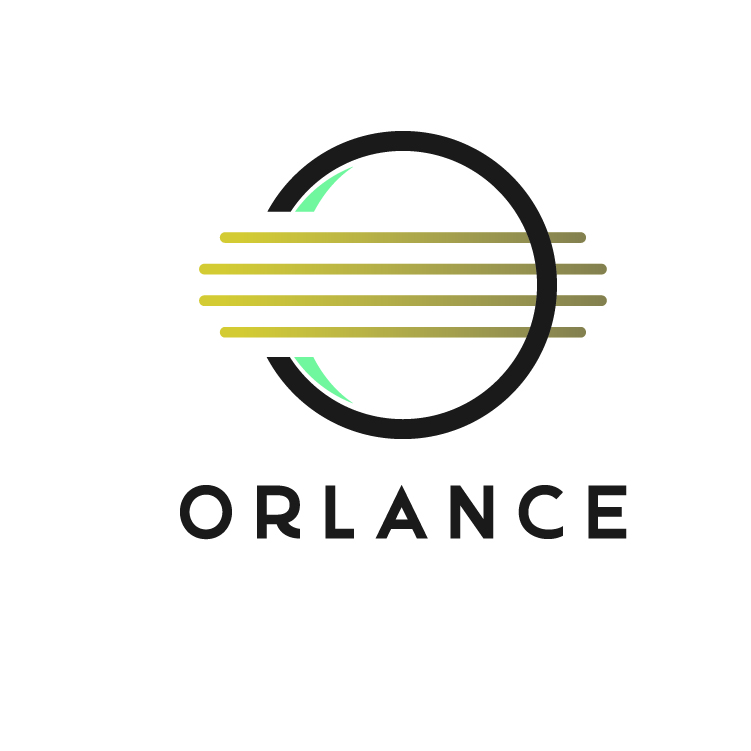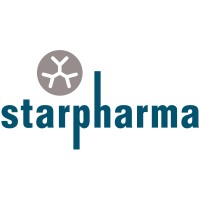The pharmaceutical sector is under immense pressure from rising regulatory scrutiny, data governance obligations, and cybersecurity risks. Regulatory agencies worldwide are intensifying oversight of AI-enabled diagnostics, real-time monitoring tools, and connected drug delivery systems. At the same time, national health payers are tying reimbursement access to demonstrable clinical validity, secure digital records, and algorithmic auditability. For innovators, the coming years present a formidable challenge: success will depend on clinical transparency, regulatory foresight, compliance with new digital audit trails, and the integration of cybersecurity by design, all while maintaining cost-effective R&D, reducing time-to-market, and securing trust from both investors and healthcare providers.
How Pharma is Reinventing Compliance
Just a few years ago, regulatory compliance was largely limited to documentation and approvals. Today, that model is obsolete. The pharmaceutical compliance landscape has expanded to include continuous algorithmic monitoring, real-time pharmacovigilance, and risk-adjusted decision frameworks. Digital therapeutics, AI-assisted metabolic disease diagnostics, and personalized drug protocols are now classified as high-risk medical software, requiring robust change-control systems, model retraining protocols, and transparent patient data governance.
What remains largely unseen, even within many compliance departments, are the hidden liabilities buried in legacy platforms, including unvalidated datasets, opaque AI systems, and clinical decision support tools lacking an audit trail. These are now emerging as key friction points during inspections. At the same time, the demand for scalable compliance platforms is rising, with novel applications emerging in decentralized trials, patient-generated data (PGD), and connected metabolic monitoring wearables. These tools are already reshaping metabolic medicine, but they also require ironclad compliance frameworks, data harmonization, and algorithmic explainability to meet new regulatory standards.
At the same time, life sciences companies are evolving into part of a broader connected ecosystem. Cloud-native platforms, remote therapeutic monitoring, and AI/ML model integration must now be validated not only for safety but also for operational transparency. Lessons learned by clinical developers over four years of real-world data integration and electronic clinical outcome assessments are now being applied to compliance systems. Regulatory-grade data lakes and validated AI models are no longer competitive advantages; they are regulatory necessities.
We are witnessing the convergence of compliance, digital infrastructure, and therapeutic development. Yet each system still operates with its own logic, protocols, and compliance criteria. Regulatory harmonization remains highly complex. National agencies, professional societies, and international bodies are adopting divergent timelines and interpretations, particularly in relation to AI in metabolic diagnostics and drug delivery.
The evolving compliance landscape also includes older technologies that have re-entered the conversation. Legacy data platforms and statistical software must now be revalidated under updated data integrity rules. In addition, life sciences firms are emerging as acting as pro-consumers of their own compliance data, blending real-time clinical usage with retrospective risk evidence.
Today, pharmaceutical firms must manage data ecosystems where trial results, wearable metrics, and AI insights are continuously ingested and assessed. These datasets need to be traceable, clinically validated, and stored in compliance with data residency and retention laws. Real-time metabolic monitoring systems, if not properly validated, can compromise reimbursement eligibility or expose firms to post-market surveillance liabilities. For companies working in metabolic medicine, integrating these systems into a compliant, traceable, and updatable framework is no longer optional; it is foundational.
From mobile-enabled patient tracking tools to biosensor-integrated therapeutic platforms, compliance must be embedded into product design from the very beginning. In metabolic medicine, where diagnostic and therapeutic algorithms evolve with incoming patient data, change management and explainability are critical to ensuring safety, efficacy, and global regulatory approval.













